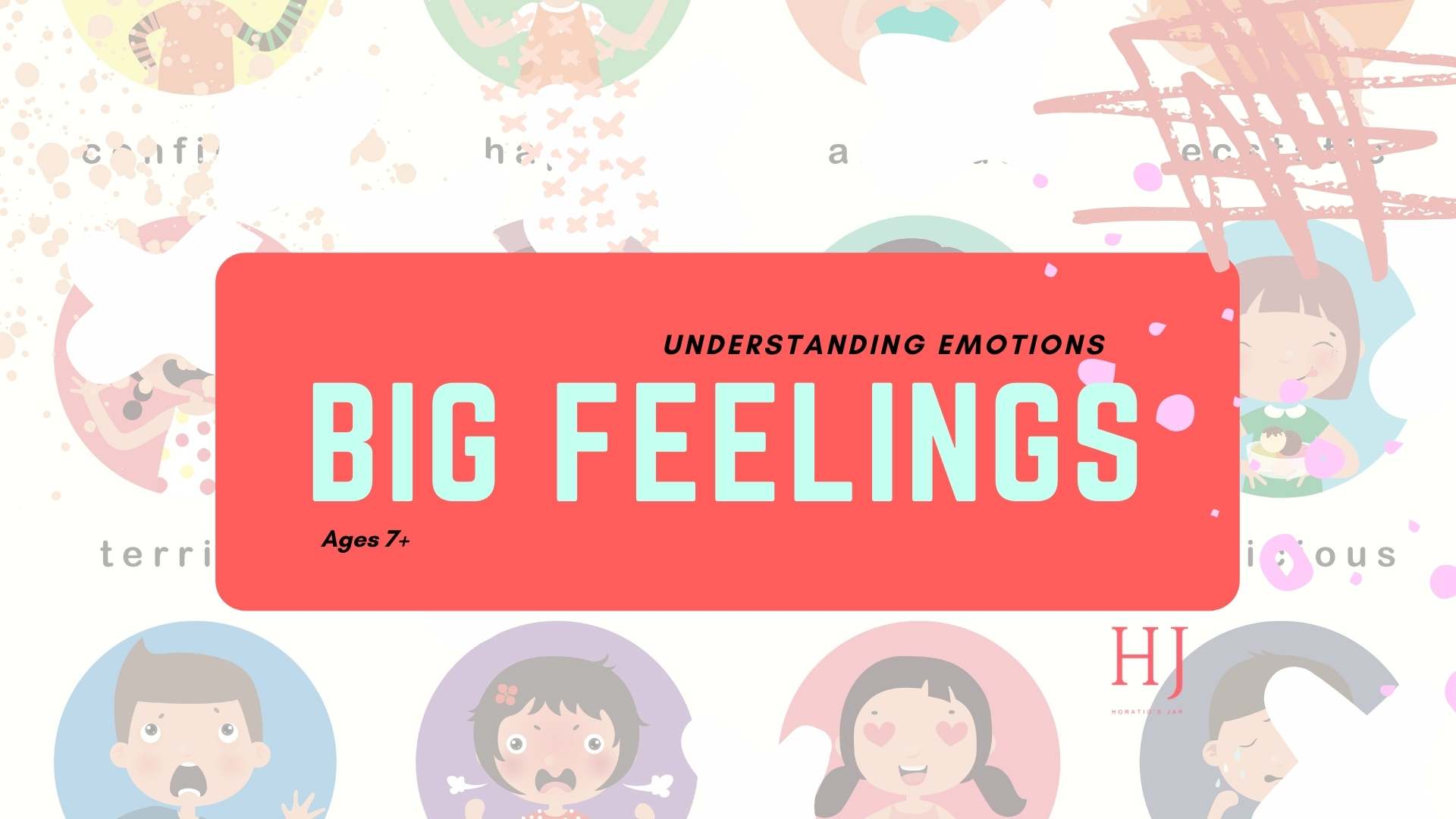Published by: Digital Schools
Big Feelings - Understanding Emotions
There is a fun activity attached to do with your friends and family.
Print out the pdf sheet and with a marker or pen match the emotions to the faces.
* there is a cheat sheet at the end of the post if you get stuck

Emotions can be soft and fluffy, tingly and electric, heavy and gloomy, hot and sharp.
Emotions are felt in the body as energy, and we describe them as feelings. When we feel nervous, our body might be shaky, we might feel cold and sweaty, and our words don’t come out easily. When we feel angry, our fists can get tight, our face gets hot and red, and our nostrils might flare out when we breathe.
If we feel sad, we sometimes feel heavy and slow, tears might come out from our eyes, and our heart might feel uncomfortable inside our chest. Feelings are important to know and understand, according to experts around the. In the world, there are 35,000 different types of emotions.
If you know your emotions, how they feel and how best to describe them, you are more likely to control them. It is wonderful to have all sorts of feelings and emotions, but sometimes our feelings can take us over, hang around too long and make us feel lonely and uncomfortable when we would rather be out having fun with our friends.
Having emotions is part of everyday life, and sharing how you feel with others is important to your wellbeing. Learning to name your emotions will help you understand them and realise they are similar to the weather, sometimes sunny and fun, sometimes cold and rainy, and other times windy and fizzy. But just like the weather, they change.



